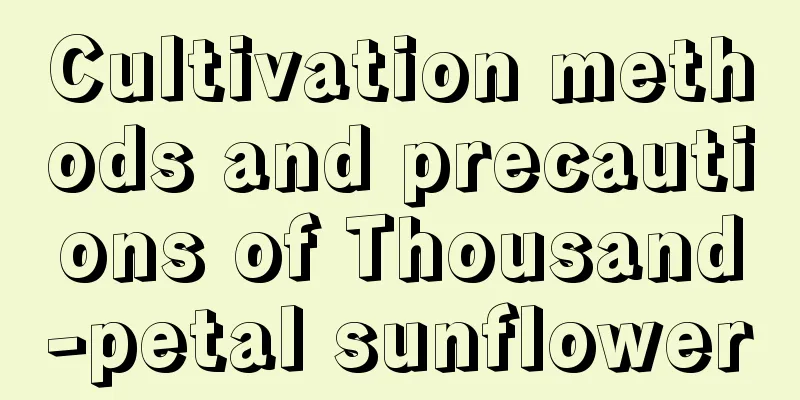Can ammonium chloride be used as fertilizer?

Ammonium chloride as fertilizerAmmonium chloride can be used as fertilizer, but it is generally not used directly. It is best to use it after artificial processing. If we use ammonium chloride as fertilizer, it can generally promote more vigorous plant growth. Ammonium chloride can generally be used as flower fertilizer. It is more suitable for growing flowers, but it is not easy to obtain, so few people use it as fertilizer. But it can generally be used to grow Clivia. How to make ammonium chloride fertilizerGenerally, when using ammonium chloride, you should first mix it thoroughly with the soil, and then put the mixed soil in the flowerpot. After about a week, it can be used to plant plants. It can generally promote rapid growth and germination of plants. Key points for using ammonium chloride fertilizer1. When using ammonium chloride fertilizer, you need to use it regularly, generally once a month. Do not use too much, otherwise it will cause plant root rot. 2. Generally, when using ammonium chloride to grow plants, it is necessary to water and supplement light in time to ensure that the plants can grow and develop normally. Otherwise, the effect of sodium chloride will be poor. |
<<: Can rabbit poop be used as fertilizer?
>>: Where is the best place to plant melon?
Recommend
What flowers are suitable for growing in Chizhou? What are the city flowers and trees?
1. Climate characteristics of Chizhou Chizhou has...
Do chives need to be watered every day?
Do you water chives every day? Chives need to be ...
What to do if the leaves of Clivia are not neat
1. Adjust the position regularly There are usuall...
Complete guide to hydroponic cultivation of bird's nest fern
Key points for water culture care 1. For hydropon...
Can lychee seeds be planted?
Can lychee seeds be planted? Lychee seeds can be ...
Where do hyacinth seeds come from?
Where do hyacinth seeds come from? Hyacinth seeds...
What plants are suitable for growing in clay soil?
Plants suitable for clay soil Clay soil has a hea...
What is kale?
What is kale? Kale is a plant of the Cruciferae f...
The difference between moon rabbit ears and black rabbit ears
The difference between Moon Rabbit Ears and Black...
The fastest way to root crape myrtle cuttings
Crape myrtle cutting time Crape myrtle is usually...
The difference between Syngonium and Pothos
1. Differences in varieties In plant classificati...
How to grow night succulents
The succulent Quiet Night is a succulent plant of...
Is the bird of paradise flower poisonous? Can it be grown indoors?
Is the bird of paradise flower poisonous? It shou...
Tulip planting time and method, tulip bulb planting
1. Planting time Tulips are usually planted in au...
What is Ringo
1. Plants Ringo is a small tree, also called red ...









